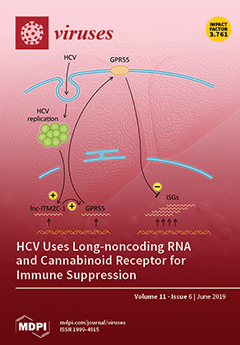Open AccessArticle
Hepatitis E Virus Infections among Patients with Acute Febrile Jaundice in Burkina Faso
by
Chloé Dimeglio, Dramane Kania, Judith Mbombi Mantono, Thérèse Kagoné, Sylvie Zida, Souleymane Tassembedo, Amadou Dicko, Bachirou Tinto, Seydou Yaro, Hervé Hien, Jérémi Rouamba, Brice Bicaba, Isaïe Medah, Nicolas Meda, Oumar Traoré, Edouard Tuaillon, Florence Abravanel and Jacques Izopet
Cited by 8 | Viewed by 3984
Abstract
Hepatitis E virus infection is a significant public health problem in many parts of the world including Africa. We tested serum samples from 900 patients in Burkina Faso presenting with febrile icterus. They all tested negative for yellow fever, but those from 23/900
[...] Read more.
Hepatitis E virus infection is a significant public health problem in many parts of the world including Africa. We tested serum samples from 900 patients in Burkina Faso presenting with febrile icterus. They all tested negative for yellow fever, but those from 23/900 (2.6%) patients contained markers of acute HEV infection (anti-HEV IgM and HEV RNA positive). Genotyping indicated that 14 of the strains were HEV genotype 2b. There was an overall HEV IgG seroprevalence of 18.2% (164/900). In a bivariate analysis, the factors linked to HEV exposure were climate and patient age. Older patients and those living in arid regions were more likely to have HEV infection. HEV genotype 2b circulating only in humans can be involved in some acute febrile icterus cases in Burkina Faso. Better access to safe water, sanitation, and improved personal hygiene should improve control of HEV infection in this country.
Full article
►▼
Show Figures






